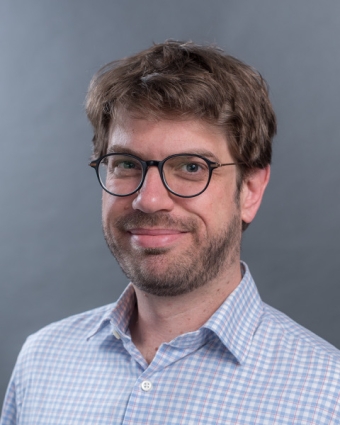
Date:
Location:
Title:
abstract
Supramolecular soft crystals are periodic structures formed by the hierarchical assembly of complex constituents and occur in a broad variety soft matter systems, from polymers and liquid crystals to biological matter. Their building blocks consist of groups of molecules, termed “mesoatoms,” and are readily reconfigurable individually and collectively at the sub-unit cell scale, strongly coupling to periodic symmetries at supra-unit cell scale. In this talk I describe formation of soft crystals deriving from the assembly block copolymer (BCP) melts, a prototype for a broader class of supramolecular materials, focussing on a central question: How do local arrangements of (nearly) identical flexible molecules direct complex symmetries on size scales much larger than those constituents? I will present recent progress in addressing this question via combinations of computational, heuristic and geometric theories of BCP crystal formation. These encode two basic competing effects that play out at the "mesoatomic" scale and propagate to supra-unit cell scale: repulsive interactions, favoring minimal contact area between unlike components; and the entropic cost of filling space evenly with polymeric blocks, favoring uniformity in domain “thickness”. Understading the geometric principles of that underlie BCP crystal formation may pave the way to design rules to target sphere and network phases with yet unrealized supra-unit cell symmetries via precise tailoring of BCP constituents.
I will discuss two current applications of these geometric principles. In the first, I will show that a generalized “foam” model of BCP spheres describes the thermodynamic competition between complex phases including the Frank-Kasper phases, which have recently been observed in BCP and number of supramolecular systems. In the second example, I will describe how recent advances in the 3D tomographic reconstruction of ultra-large volume BCP crystals, based on slice and view scanning electron microscopy (SVSEM), enable direct measurements of the morphological features and quantitative comparisons to detailed theoretical predictions. SVSEM experiments on triply-periodic double-gyroid crystals reveal “fingerprints” of the competition between optimal area of tubular interfaces and stretching in both blocks, leading us to revisit the certain long-held heuristic notions that trace the symmetry selection of triply-periodic networks predominantly to the “packing frustration” within the tubular domains.
bio
Greg Grason is a Professor of Polymer Science and Engineering at University of Massachusetts Amherst. He received a Ph.D. in Physics from the University of Pennsylvania in 2005. Following a postdoctoral position in the Physics and Astronomy department at UCLA, he joined the faculty of UMass in 2007. His research investigates the role of geometric frustration in soft matter and polymeric assemblies through the combined lens of condensed matter theory, statistical physics and differential geometry. Recent efforts have focussed on geometric incompatibility and complex order in filamentous assemblies, chirality and hierarchical order in block copolymer assemblies and the role of geometric frustration in size selection of assemblies. He was awarded a NSF CAREER Award in 2010 and a Sloan Fellowship in 2011.
Hosted by Omar Saleh. Download event flyer.



